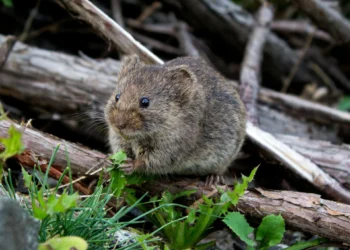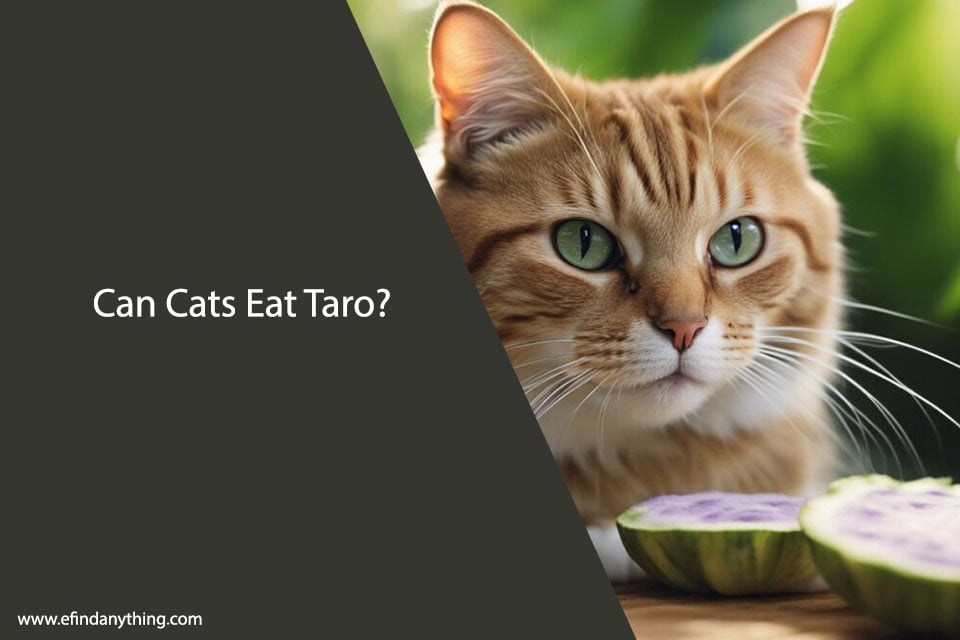Leopard geckos are popular pets among reptile enthusiasts due to their docile nature and ease of care. As with all pets, it’s essential to provide them with a balanced diet to ensure their health and well-being. While leopard geckos are primarily insectivores, their diet can consist of a variety of feeder insects, including crickets, mealworms, and waxworms. However, many pet owners wonder if silkworms are a suitable addition to their leopard gecko’s diet.
Silkworms are a nutritious feeder insect that contains high levels of protein, calcium, and other essential nutrients that are beneficial for leopard geckos. They are also low in fat, making them an excellent choice for geckos that are prone to obesity. However, before introducing silkworms into your leopard gecko’s diet, it’s essential to consider a few factors, such as their size and frequency of feeding. In this article, we will explore the question of whether leopard geckos can eat silkworms and provide you with all the information you need to make an informed decision about your pet’s diet.
Dietary Benefits of Silkworms for Leopard Geckos

Silkworms are a popular feeder insect for leopard geckos due to their high nutritional value. Here are some of the dietary benefits of feeding silkworms to your leopard gecko:
- High Protein Content: Silkworms are rich in protein, which is essential for the growth and maintenance of leopard geckos. A single silkworm contains around 20% protein, making it a great source of this nutrient.
- Low Fat Content: Unlike other feeder insects, silkworms have a low fat content, which makes them an ideal food for leopard geckos. Feeding your gecko a diet that is too high in fat can lead to obesity and other health issues.
- Rich in Vitamins and Minerals: Silkworms are also a good source of vitamins and minerals, including calcium, magnesium, and potassium. These nutrients are important for maintaining strong bones, healthy muscles, and overall good health.
- Easy to Digest: Silkworms have a soft exoskeleton, which makes them easy to digest for leopard geckos. This is especially important for young geckos that may have difficulty digesting harder insects.
Overall, feeding silkworms to your leopard gecko can provide a variety of important nutrients that are essential for their health and well-being. As with any feeder insect, it’s important to ensure that the silkworms are properly gut-loaded and dusted with supplements before feeding them to your gecko.
Nutritional Content of Silkworms
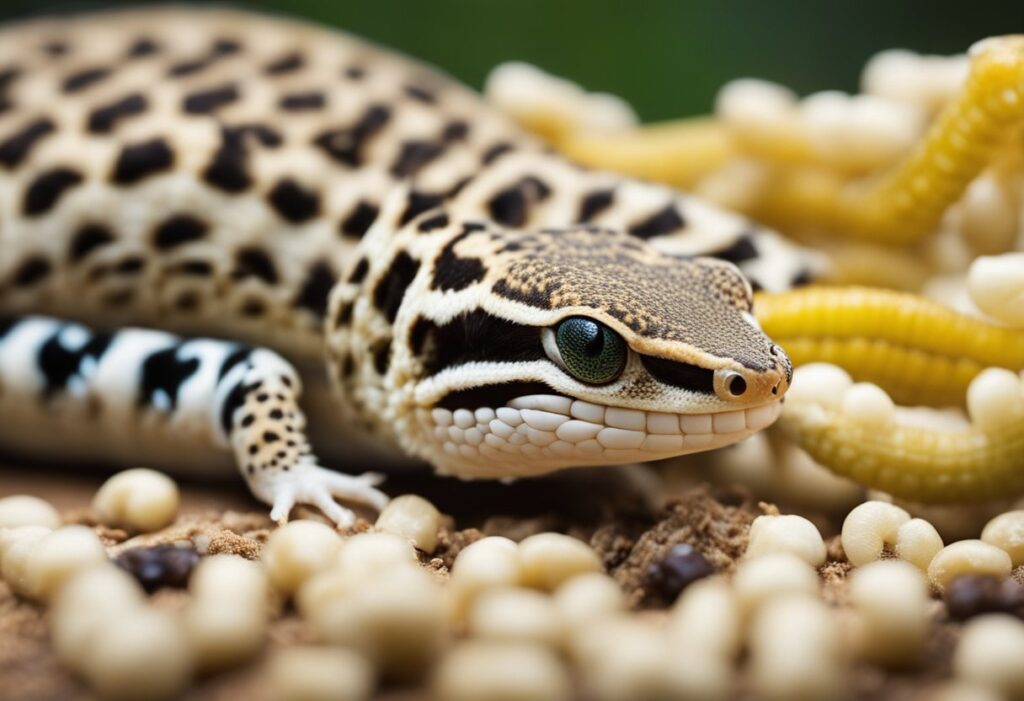
Silkworms are a great source of nutrition for leopard geckos. They are low in fat and high in protein, making them an excellent addition to a balanced diet. Here are some key nutritional facts about silkworms:
- Protein: Silkworms are a rich source of protein, containing approximately 20% protein by weight. This protein is essential for growth and repair of tissues in leopard geckos.
- Fat: Silkworms are relatively low in fat, containing only about 5% fat by weight. This makes them a good choice for leopard geckos who are prone to obesity.
- Calcium: Silkworms are a good source of calcium, which is important for maintaining strong bones and teeth in leopard geckos. They also contain other important minerals such as iron and magnesium.
- Vitamins: Silkworms are a good source of vitamins, including vitamin B complex, which is important for energy metabolism, and vitamin E, which is important for immune function.
Overall, silkworms are a nutritious and healthy food choice for leopard geckos. They are easy to digest and provide essential nutrients for growth and maintenance of the body. However, as with any food, it is important to feed silkworms in moderation and as part of a balanced diet.
How to Feed Silkworms to Leopard Geckos
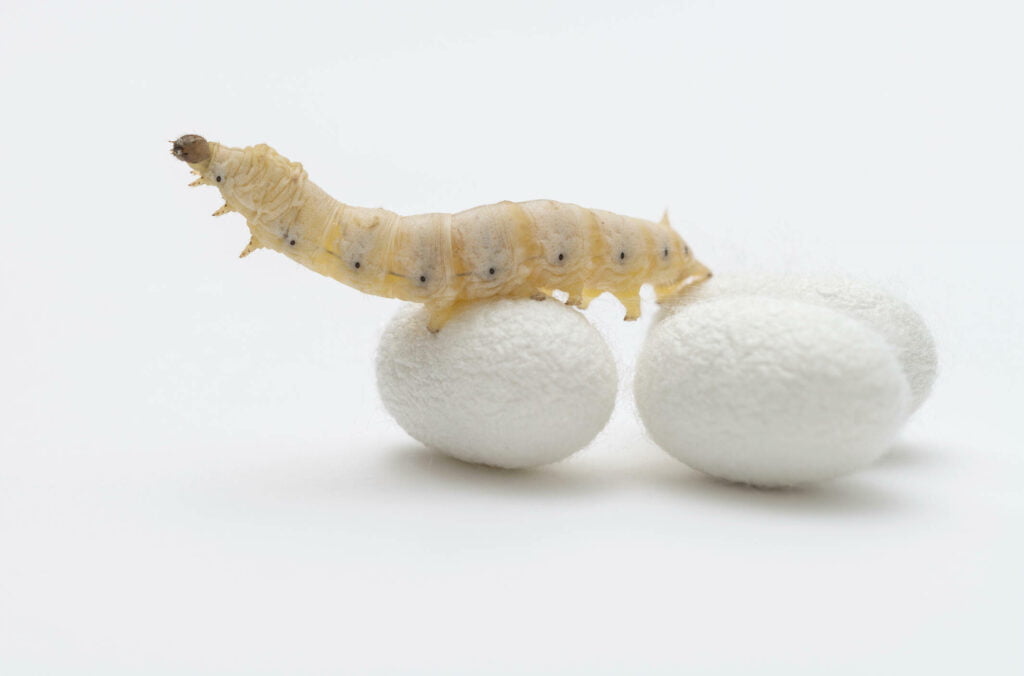
Silkworms are a nutritious and tasty treat that leopard geckos can enjoy as part of their diet. Here are some tips on how to feed silkworms to your leopard gecko.
Preparing Silkworms
Before feeding silkworms to your leopard gecko, it is important to prepare them properly. First, make sure the silkworms are the appropriate size for your gecko. Silkworms that are too large may be difficult for your gecko to swallow, while silkworms that are too small may not provide enough nutrition.
Next, gut-load the silkworms by feeding them nutrient-rich foods such as leafy greens or commercial gut-loading products. This will ensure that your gecko is getting the most out of their silkworm snack.
Lastly, dust the silkworms with a calcium supplement before feeding them to your gecko. This will help prevent calcium deficiencies and ensure your gecko’s bones stay healthy.
Feeding Frequency and Quantity

Silkworms should be fed to leopard geckos as a treat, rather than a staple food source. We recommend feeding silkworms to your gecko once or twice a week, depending on their size and nutritional needs.
The quantity of silkworms to feed your gecko will also depend on their size. As a general rule, offer 2-4 silkworms per feeding for juvenile geckos, and 4-6 silkworms per feeding for adult geckos. Remember to monitor your gecko’s weight and adjust the feeding quantity accordingly.
In conclusion, silkworms can be a nutritious and delicious addition to your leopard gecko’s diet. By following these tips on preparation and feeding frequency, you can ensure your gecko stays healthy and happy.
Potential Risks and Considerations
When feeding leopard geckos silkworms, it is important to consider the potential risks associated with this food source. While silkworms are generally considered a safe and nutritious option, there are a few things to keep in mind.
Allergies and Intolerances
Like any food, some leopard geckos may be allergic or intolerant to silkworms. Signs of an allergic reaction may include swelling, difficulty breathing, or skin irritation. If you notice any of these symptoms after feeding your leopard gecko silkworms, it is important to discontinue use and consult a veterinarian.
Parasitic Transmission
Silkworms can carry parasites, such as mites or worms, which can be transmitted to your leopard gecko. To minimize the risk of parasitic transmission, it is important to purchase silkworms from a reputable source and to thoroughly inspect them before feeding them to your gecko. Additionally, it is recommended to quarantine new silkworms for a few days before introducing them to your gecko’s diet.
Overfeeding Issues
While silkworms are a nutritious food source, they should not be the sole component of your leopard gecko’s diet. Overfeeding silkworms can lead to obesity and other health issues. It is important to offer a varied diet to ensure your gecko is receiving all the necessary nutrients. A general rule of thumb is to feed your leopard gecko a diet consisting of 80% insects and 20% vegetables.
In summary, while silkworms can be a great addition to your leopard gecko’s diet, it is important to consider the potential risks associated with this food source. By being aware of these risks and taking necessary precautions, you can ensure your gecko remains healthy and happy.
Alternatives to Silkworms in Leopard Gecko Diet
While silkworms are a great source of protein and nutrients for leopard geckos, they may not be available or affordable for everyone. Fortunately, there are several other options that can be included in their diet.
- Crickets: Crickets are a staple food for leopard geckos and are readily available at most pet stores. They are high in protein and easy to digest, making them a great alternative to silkworms.
- Mealworms: Mealworms are another popular choice for leopard geckos. They are high in protein and fat, which makes them a great option for growing geckos. However, they should be fed in moderation as they are also high in chitin, which can be difficult for geckos to digest.
- Dubia Roaches: Dubia roaches are a great option for leopard geckos as they are high in protein and low in fat. They are also easy to digest and can be purchased online or at some pet stores.
- Waxworms: Waxworms are a high-fat treat that should be fed sparingly. While they are not a great source of protein, they can be used as a supplement to a gecko’s diet.
It’s important to note that leopard geckos require a varied diet to ensure they are getting all the nutrients they need. While these alternatives can be used in place of silkworms, it’s best to rotate between different food sources to provide a balanced diet.
Understanding Leopard Gecko Dietary Needs
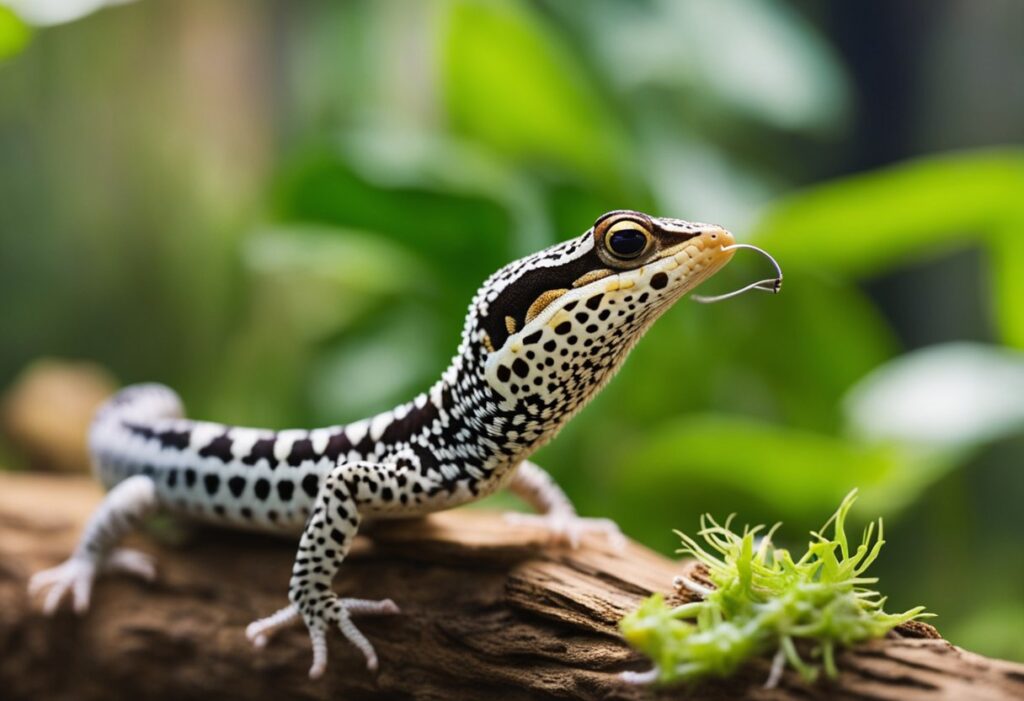
As pet owners, we want to ensure that we are providing the best care for our leopard geckos. One important aspect of their care is their dietary needs. Leopard geckos are carnivores, which means they require a diet consisting of meat.
When it comes to feeding leopard geckos, it is important to offer them a variety of food options. This will help ensure that they are receiving all of the necessary nutrients for their overall health and well-being. Some common food options for leopard geckos include crickets, mealworms, and dubia roaches.
Silkworms are another option that can be added to a leopard gecko’s diet. They are a good source of protein and are also low in fat. However, it is important to note that silkworms should not be the sole source of food for leopard geckos.
It is also important to ensure that the food being offered is appropriately sized for the leopard gecko. The size of the food should be no larger than the space between the gecko’s eyes. This will help prevent any potential choking hazards.
In addition to offering a variety of food options, it is important to also provide a calcium supplement for leopard geckos. This will help ensure that they are receiving the necessary amount of calcium for their bone health. A lack of calcium can lead to metabolic bone disease, which can be fatal for leopard geckos.
In conclusion, understanding the dietary needs of leopard geckos is essential for their overall health and well-being. By offering a variety of food options and providing a calcium supplement, we can ensure that our leopard geckos are receiving all of the necessary nutrients for a healthy life.
Frequently Asked Questions
What nutritional benefits do silkworms provide to leopard geckos?
Silkworms are a good source of protein and calcium for leopard geckos. They also contain other essential nutrients, such as vitamins and minerals, that are important for maintaining a healthy diet.
How often should leopard geckos be fed silkworms?
Leopard geckos can be fed silkworms as part of their regular diet, but they should not be the only food source. We recommend feeding silkworms to leopard geckos once or twice a week.
Are there any risks associated with feeding silkworms to leopard geckos?
Silkworms are generally safe for leopard geckos to eat, but there are some risks to be aware of. If the silkworms are too large, they can cause impaction in the leopard gecko’s digestive system. Additionally, if the silkworms are not properly gut-loaded, they may not provide the necessary nutrients for the leopard gecko.
What is the appropriate size of silkworm for a leopard gecko?
The appropriate size of silkworm for a leopard gecko depends on the size of the gecko itself. As a general rule, the silkworm should be no wider than the width of the leopard gecko’s head.
Can silkworms be a staple in a leopard gecko’s diet or should they be a treat?
Silkworms can be a part of a leopard gecko’s regular diet, but they should not be the only food source. It is important to provide a variety of feeder insects and other foods to ensure a balanced diet.
What are some alternative feeder insects recommended for leopard geckos?
Some alternative feeder insects that are recommended for leopard geckos include crickets, mealworms, and dubia roaches. It is important to vary the diet of leopard geckos to ensure they receive all the necessary nutrients.


